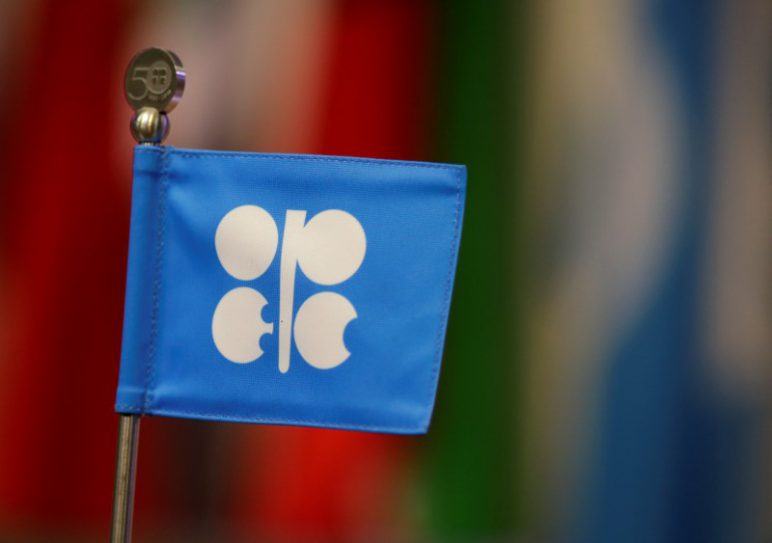OPEC is grappling with a weakening demand for its oil in the first half of 2024, just as its global market share descends to its lowest level since the COVID-19 pandemic, primarily due to production cuts and Angola's exit, as per Reuters calculations and forecaster data.
This trend implies that the group may encounter challenges in easing production cuts unless there is a significant acceleration in global oil demand or OPEC is willing to accept lower prices.
Angola announced this month that it will leave the Organization of the Petroleum Exporting Countries (OPEC) starting January 2024, following the departures of Ecuador in 2020, Qatar in 2019, and Indonesia in 2016.
Angola's departure will reduce the group to 12 members, placing its production below 27 million barrels per day (bpd), accounting for less than 27% of the total global supply of 102 million bpd.
The last time OPEC's market share dropped to 27% was during the 2020 pandemic, when global demand fell by 15%-20%. Since then, global demand has recovered to record levels, indicating that the group has lost market share to its rivals.
In the 1970s, the group produced around half of the world's crude oil, but this share declined over the years with the emergence of other supply sources, such as the North Sea. In subsequent decades, OPEC's market share ranged from 30% to 40%, but the record growth in production by rivals like the United States has eroded that share in recent years.
As of November 2023, OPEC's crude oil production represented 27.4% of the total market, down from the 32%-33% observed in 2017-2018, according to figures from the group's monthly reports.

